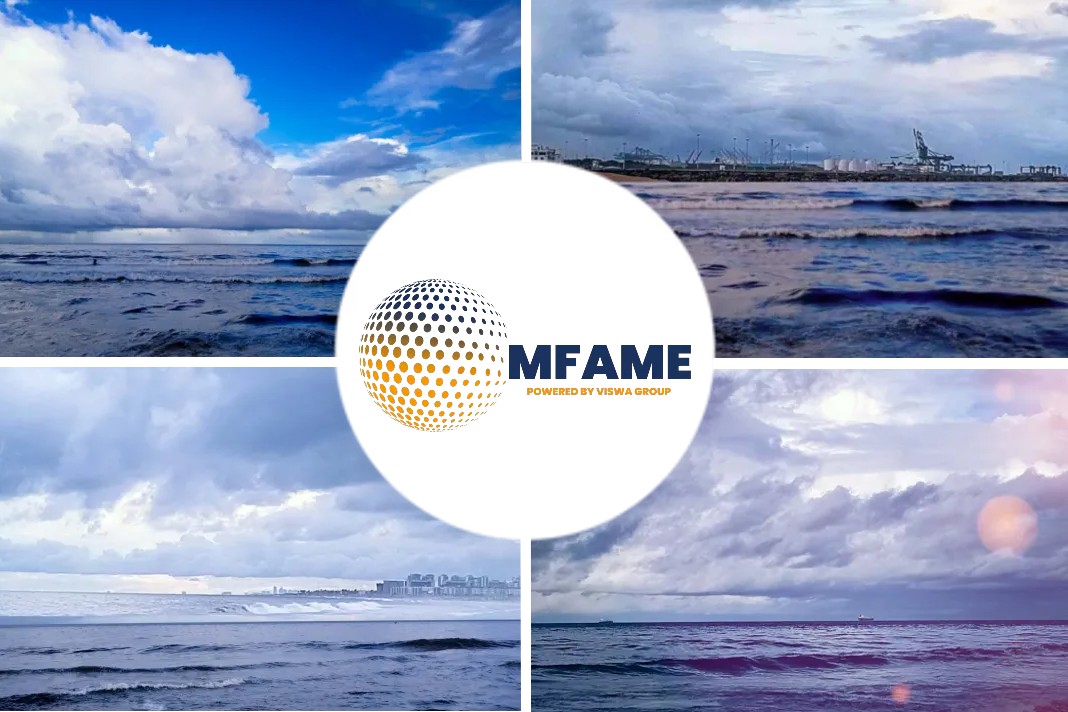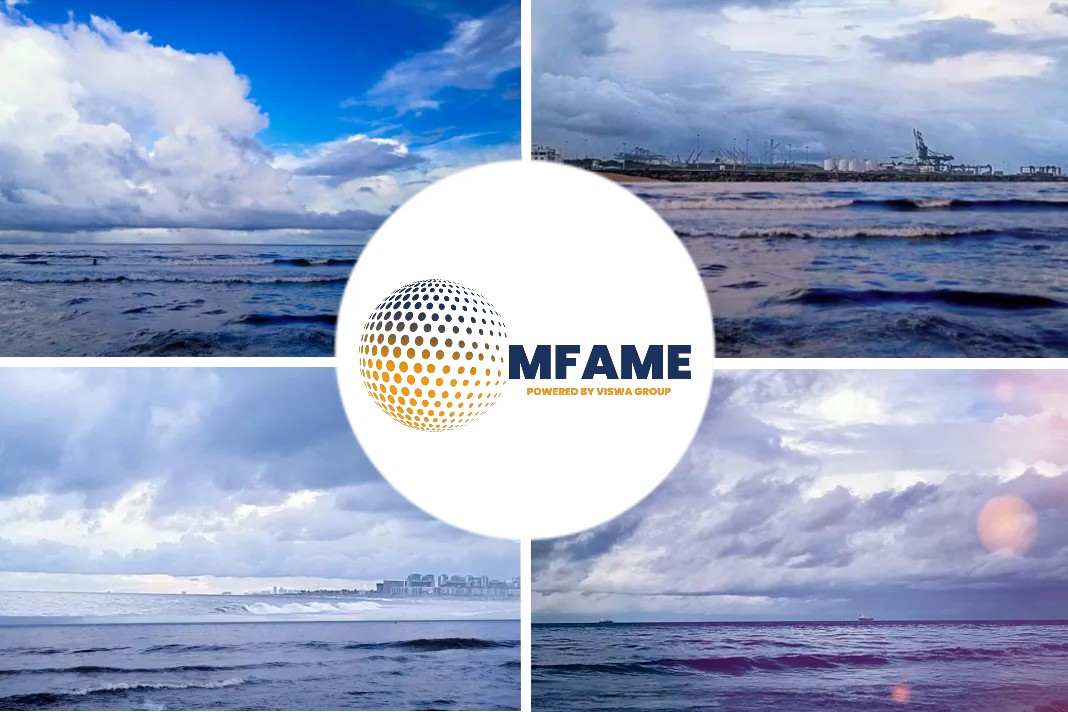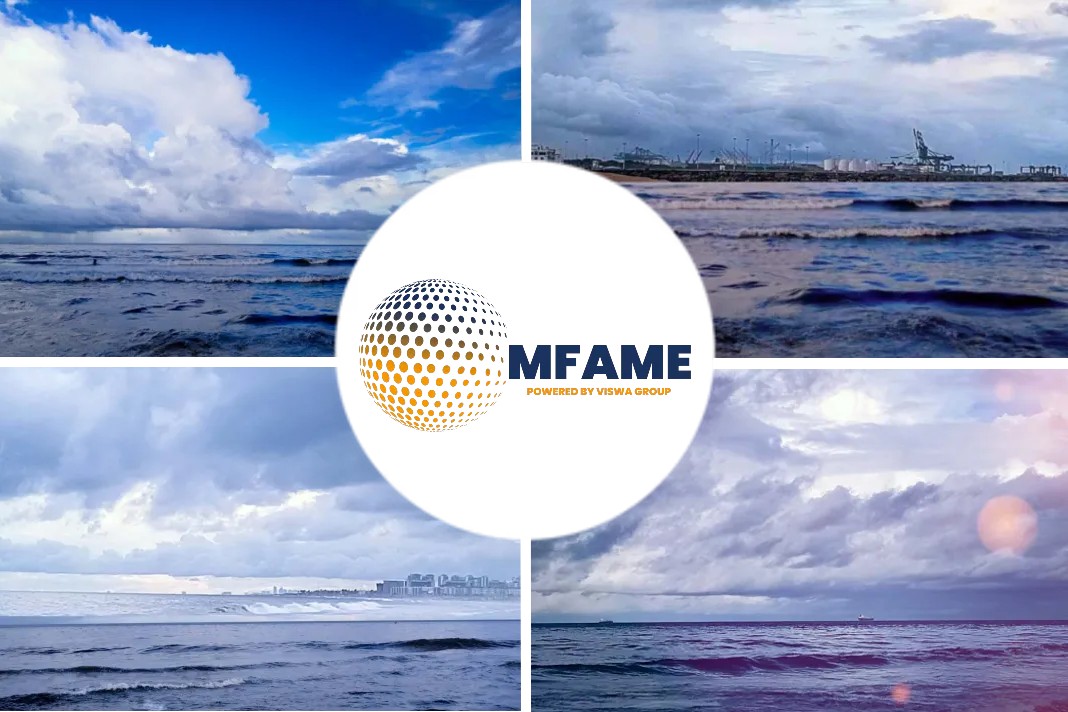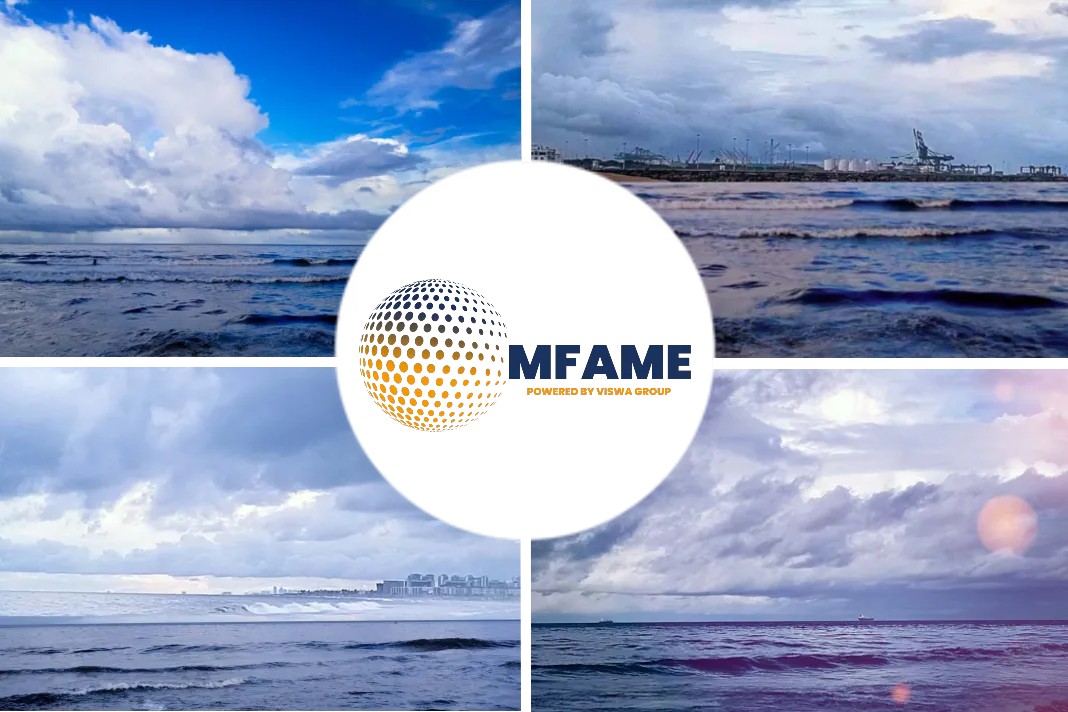
The U.S.-China Phase One trade deal is not dead, but it is on life support and its likely to affect trade once again, writes Freight Waves, Senior Editor, Greg Miller in an article published on their website.
What’s Waiting for the Container Market?
The two superpowers’ deteriorating relations in the wake of a Chinese security law covering Hong Kong has implications for container, tanker, dry bulk and gas shipping demand, as well as shipping stocks.
President Donald Trump alleged in a speech on Friday that China “ripped off the United States like no one has ever done before,” and “got away with theft” of hundreds of billions of dollars a year; that China “raided our factories, offshored our jobs, gutted our industries, stole our intellectual property” … “unlawfully claimed territory in the Pacific Ocean, threatening freedom of navigation and international trade,” broke its word “on ensuring the autonomy of Hong Kong” and “instigated a global pandemic.”
Container shipping
There was no mention of new tariffs in Trump’s fiery speech.
Yet for U.S. importers who still have decent demand prospects despite COVID-19 and who rely on Chinese goods, the situation could spur preemptive ordering.
Even before Trump’s speech, there was talk in container-shipping circles that importers were accelerating orders on concerns that U.S.-China relations would fray as Election Day neared.
Import trends can be seen in U.S. customs filing data, which FreightWaves’ SONAR platform tracks daily on a seven-day, moving-average basis (each filing can equate to any volume, but filing frequency is still a strong directional signal).
This data (SONAR: CSTM.USA) shows that nationwide filings remain very heavily driven by imports from China.

- Customs filings plunged in February due to the shutdown of Chinese exports following the initial outbreak in Wuhan.
- They rose through March and the first three weeks of April as Chinese exporters reopened and caught up with delayed U.S. orders.
- The lockdown of U.S. businesses caused orders to be canceled and container shipping alliances to “blank,” or cancel, about 20% of China-U.S. sailings in May and June.
- Customs filings fell sharply in late April and through the first half of May.
Then China-U.S. volumes started to rebound in the back half of May.
- Carriers began “unblanking” previously canceled sailings and adding “extra loaders” (nonscheduled sailings).
- On Monday, ZIM announced a new fast-transit (12-day) China-Los Angeles service launching June 22 “to cater to the increasing needs of ecommerce customers, especially now due to growing ecommerce demand following the COVID-19 crisis.”
- U.S. customs filings jumped by a third in the last week of May, driven by imports from China.
This could be evidence of renewed consumer demand following the reopening of state economies, or of importers concerned about U.S-China relations and front-loading shipments — or both.
Tanker shipping
The trade war has traditionally been a negative for all shipping stocks because it implies lower global GDP growth versus the two countries working together.
There’s an added sentiment headwind for tanker stocks: lower ton-mile demand (demand measured in volume multiplied by distance) due to fewer long-haul voyages from the U.S. Gulf to China aboard very large crude carriers (VLCCs; tankers that carry 2 million barrels of crude).
There are at least three counterarguments to the bearish view.
- First, long-haul VLCC sailings from the U.S. Gulf have continued despite the lack of Chinese buying thanks to strong volumes to India, South Korea, Singapore, Taiwan and Thailand.
- Meanwhile, Chinese demand from non-U.S. sources is now very strong. Bloomberg reported Friday that 127 VLCCs were en route to China, the highest tally since at least January 2017.
- Second, U.S.-China trade tensions could be a negative for crude pricing. The lower the price of crude, the slower floating storage will be unloaded and the fewer VLCCs will vie for spot contracts — a plus for rates.
- Third, if U.S.-China relations worsen further, U.S. sanctions could target Chinese energy and tanker companies. This has happened once before, when America sanctioned COSCO (Dalian) in September due to alleged carriage of Iranian crude oil.
That caused a surge in VLCC rates because it effectively removed the COSCO (Dalian) fleet from the spot market.
Sanctions were removed in late January, specifically timed with the Phase One trade deal — a deal that’s now in jeopardy.
Dry bulk shipping
One of the big hopes following the signing of the Phase One trade deal was that China would resume large-scale purchases of U.S. soybeans, throwing a lifeline to America’s struggling farmers.
It was looking positive. Large Chinese soybean orders were reported by the U.S. Foreign Agricultural Service (FAS) for the weeks ended April 23 (618,100 tons) and May 14 (737,400 tons).
It’s not looking so positive anymore. Bloomberg reported on Monday that the Chinese government has ordered state-run companies Cofco and Sinograin to suspend agricultural purchases from the U.S., including soybeans, pork, corn and cotton, in response to Trump’s speech.
A halt in Chinese agribulk purchases would be a negative for demand of Panamaxes (bulkers with capacity of 65,000-90,000 deadweight tons or DWT) loading at U.S. ports.
It is not necessarily a negative for dry bulk demand overall, which is measured in ton-miles, not tons. If the same volume travels on longer-haul voyages, it’s good for rates, and lost U.S. exports to China are being replaced by incremental exports to China from Brazil and Argentina. It’s a longer voyage from the east coast of South America to Asia via the Cape of Good Hope than from the U.S. Gulf to Asia via the Panama Canal.
Rates for larger Capesize bulkers (with capacity of around 180,000 DWT) that carry iron ore and coal have slumped 57% month-on-month.
In contrast, rates for Panamaxes and Supramaxes (45,000-60,000 DWT), which carry agribulk, are up 5% and 24% month-on-month, respectively, according to Clarksons Platou Securities.
According to Frode Mørkedal, Clarksons Platou Securities’ managing director of research, the Panamax market is being “supported by brisk activity in grains ex-South America. Brazil has been exporting record soybean volumes to China over recent months but the Chinese bean stock levels — at ports at least — are far from full. This suggests good demand for beans in China with the build in the pig herd and incentivized by decent crush margins.” Regarding U.S.-China trade tensions, he opined, “It’s difficult to see how China will avoid purchasing American beans in [the second half] given current demand levels.”
Gas shipping
Heightened U.S.-China tensions are a negative for liquefied natural gas (LNG) and liquefied petroleum gas (LPG) shipping.
- After China applied a retaliatory 25% tariff to U.S. propane in mid-2018, LPG exported from the U.S. Gulf was diverted to Japan, Korea and Southeast Asia, with China switching its purchases to the Middle East.
- After the signing of the Phase One trade deal, China began offering tariff waivers, and U.S. propane exports to China resumed in March. Escalating tensions could jeopardize the thawing of that trade.
- The hope in the LNG sector was that a detente between the U.S. and China would lead to Chinese long-term supply contracts for U.S. exports, which would in turn underpin financing of new U.S. liquefaction (export) projects.
- The collapse of LNG pricing in the wake of the coronavirus has slammed the brakes on these new developments and U.S.-China tensions are adding insult to injury for already stalled projects.
Did you subscribe to our daily newsletter?
It’s Free! Click here to Subscribe!
Source: Freight Waves














